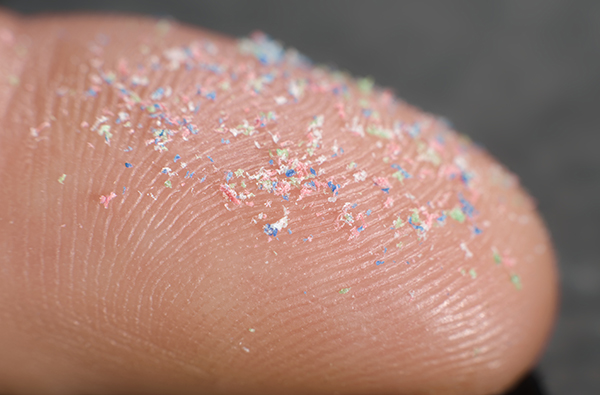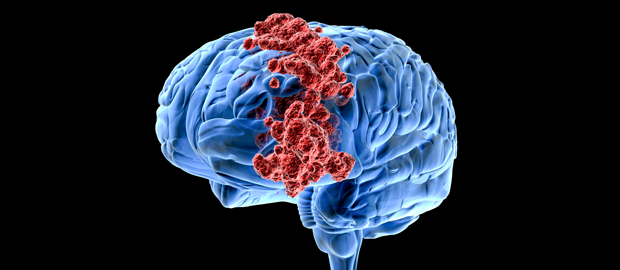Chemicals found in everyday plastics DISRUPT sleep cycle and increase health risks
05/18/2025 / By Ava Grace

- Chemicals extracted from common plastics like PVC and polyurethane can disrupt the body’s internal clock, delaying it by nine to 17 minutes, similar to the effects of caffeine. This disruption can increase the risk of sleep disorders, diabetes, immune problems and cancer.
- The study focused on the adenosine A1 receptor, which is crucial for regulating the sleep-wake cycle. Certain plastic chemicals were found to activate A1R, leading to a delay in the circadian rhythm. Blocking A1R with a drug eliminated these delays, confirming the chemicals’ impact.
- Researchers tested chemicals from PVC and polyurethane on human bone cancer cells (U20S cells) and observed a delay in the activity of “clock genes” by nine to 17 minutes. This delay was reversed when A1R was blocked, providing strong evidence of the chemicals’ effect.
- While the impact of these chemicals is less potent than caffeine, their consistent exposure through everyday items like food packaging and household products is concerning. Long-term exposure could shift key body processes and contribute to negative health outcomes over time.
- The study calls for further research to identify specific chemicals in plastics responsible for disrupting the circadian rhythm and to push for regulatory changes to restrict their use. It highlights the need for a fundamental shift in the design and production of plastics to ensure their safety and reduce health risks.
New research has shown that chemicals found in everyday plastic objects may interfere with the natural sleep cycle and circadian rhythm, similar to the effect of caffeine. This, in turn, increases the risk of sleep disorders, diabetes, immune problems and cancer.
Researchers from the Norwegian University of Science and Technology (NTNU) analyzed chemicals extracted from a PVC medical feeding tube and a polyurethane hydration pouch, materials also widely used in toys, food packaging and furniture. The findings published in the journal Environment International revealed that these chemicals can disrupt the cell signals that regulate the body’s internal clock, delaying it by up to 17 minutes.
The human body’s circadian rhythm, or internal clock, regulates a wide range of physiological processes – including sleep, metabolism, and immune function. It is highly sensitive to environmental cues, such as light and temperature, as well as internal signals like hormones. Disruptions to this rhythm have been linked to serious health issues, including obesity, dementia and cardiovascular disease. (Related: Microplastics: The silent saboteurs of global food security and human health.)
The study focused on the adenosine A1 receptor (A1R), a protein found on the surface of cells throughout the body, particularly in the brain. A1R plays a crucial role in controlling the sleep-wake cycle and uses the same pathways in the body that respond to light.
Caffeine deactivates the adenosine receptor, increasing the circadian rhythm and keeping people awake. Plastic chemicals activate A1R, but also have a similar effect in keeping people awake.
From food wraps to furniture: How everyday plastics disrupt your internal clock
For this study, researchers extracted chemicals from polyurethane (PUR) and polyvinyl chloride (PVC) and tested them on U20S lab cells, which are derived from a human bone cancer cell line. They measured the activity of “clock genes” every four hours over two days and found that these genes were delayed by nine to 17 minutes.
When they blocked A1R using a drug, the delays disappeared, providing strong evidence that the chemicals in PUR and PVC plastics disrupt the molecular clock. While the impact of these chemicals is less powerful than that of caffeine, daily consistent exposure through food packaging and other household items is concerning.
Long-term, frequent exposure could shift the timing of key body processes, contributing to negative health outcomes over time. This is particularly worrying, given that PVC and PUR are among the most common types of plastics found nearly everywhere – in homes, schools and offices.
Research into the toxicity of plastic chemicals has primarily focused on endocrine-disrupting chemicals (EDCs) like phthalates and bisphenols, which can interfere with the body’s hormone systems. However, this study highlights a new, more immediate impact on the circadian rhythm through a different biological pathway.
The next step in this research is to test the effects of these chemicals on zebrafish, which share some similar physiological processes with humans. The goal is to identify the specific chemicals responsible and push for regulations that restrict their use. The findings of each new study will be used to pressure lawmakers to enact stricter regulations and to convince the industry to remove these chemicals from plastics.
The NTNU researchers emphasized that reducing both the number and the hazards of chemicals in plastics can decrease exposures and lessen their impacts on public health. Ultimately, the study adds to the increasing body of evidence that plastics contain compounds causing a wide range of toxic effects.
Visit Pollution.news for more similar stories.
Watch this video about microplastics, a hidden health crisis no one is talking about.
This video is from the GalacticStorm channel on Brighteon.com.
More related stories:
Cut down your plastic footprint: 3 Ways to protect yourself from TOXIC plastic products.
Drowning in plastic: Hermit crabs are turning plastic waste into homes that are killing them.
Sources include:
Submit a correction >>
Tagged Under:
This article may contain statements that reflect the opinion of the author
















